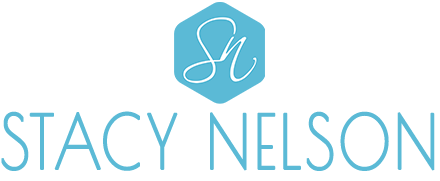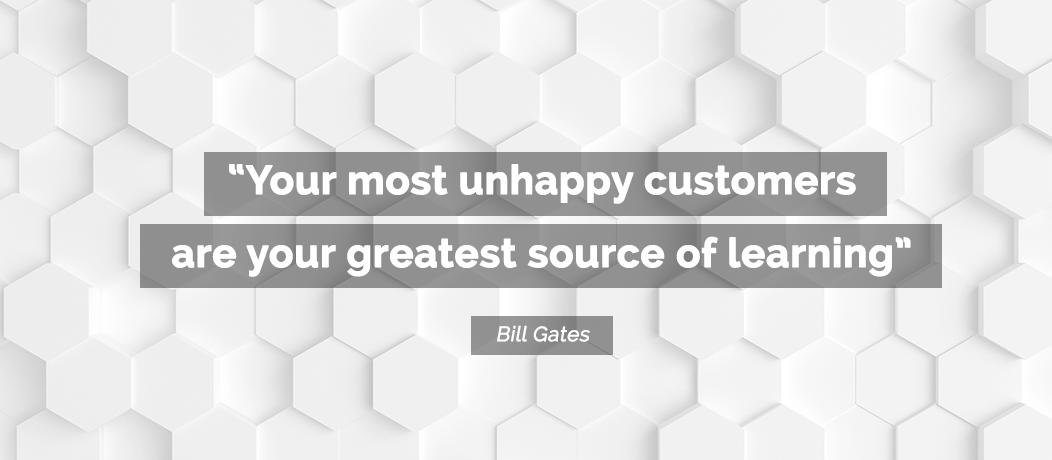What is a bottleneck?
It’s 2:00 on a Wednesday afternoon and you are on your way to a lunch meeting with a potential client ten miles away that could increase your company’s revenue by 20%. You’ve worked diligently on your proposal and can’t be late. Traffic starts to slow and within moments is at a slow crawl. Before you know it ten minutes have passed and you allowed yourself extra time, but it’s 1:55 and there is no way you can make it on time. You contact your client to let her know that you are stuck in traffic and running late, and she reminds you that she only has ten minutes before she must leave. Everything you have done is riding on this presentation. Traffic has merged into a single lane and as you pass the road construction cones and traffic expands back to multiple lanes you realize it’s 2:30 and you have just missed out on the opportunity to increase your company’s revenue by 20%. In this scenario, the road construction is the bottleneck. Bottlenecks can happen unexpectedly in business or they can develop over time and become so entwined and integrated into your work flow that they are difficult to see, even when you’re looking right at them.
Some may think that a bottleneck typically occurs only in supply chain management; however, a bottleneck can occur within a business of any size, organization, or branch of government. Bottlenecks can happen in any department including customer service, sales, accounting, logistics, warehouse, and even at a senior level. There have been numerous reports and studies over the years to analyze the cost that even the slightest bottleneck has on businesses and organizations, and the numbers are staggering.
How to spot a bottleneck or potential bottleneck
Spotting the true bottleneck can be more challenging than expected. One tried and true method that has worked for me is to compartmentalize the departments and review each individually and then collectively. Gather the department heads and anyone that touches the sales/customer service/accounts receivable process. I have found that it works best when everyone meets on neutral territory, like a conference room, and not gathered in offices where people work. You also want to lay the ground rules from the beginning and provide a safe place for everyone to express their opinions and share ideas without feeling like someone could be reprimanded or terminated based on what is said during the meeting.
The quickest way to discover bottlenecks in this process is to ask the group to identify all the different ways that a customer or potential customer could contact the company. This may include a website contact form, Facebook Messenger, phone, etc. Try to identify any and all points of entry that a customer or potential customer has. Once you have established this, select one to start with and begin to understand the entire workflow. You may have to put on your investigative hat and really ask some thought-provoking questions along the way. Don’t be afraid to ask “why”. It could be the one question that leads you directly to the actual bottleneck.
When you discover a bottleneck, don’t assign blame. This is often the most counter-productive thing you can do during a discovery meeting. People tend to clam up and feel defeated. Instead, try to understand why the bottleneck exists and have open discussions about how it can be eliminated. You may find that solving one bottleneck may create another, and that’s okay. Just keep working through the process. Don’t try to solve bottlenecks during the discovery meeting. Allow yourself enough time to meet with each department and ensure that a solution in one department doesn’t create a problem in another. The purpose of the discovery meeting is to identify all bottlenecks and potential bottlenecks in order to create a game plan to eliminate them.
Going through this process for each division of your company or organization may seem a little overwhelming, but from my experience, it has always been worth it in the end. I have not yet met a problem that doesn’t have a solution. If you have a bottleneck in your company or organization and would like to explore identifying and/or removing it, give us a call at (304) 997-8741 to discuss your options.


